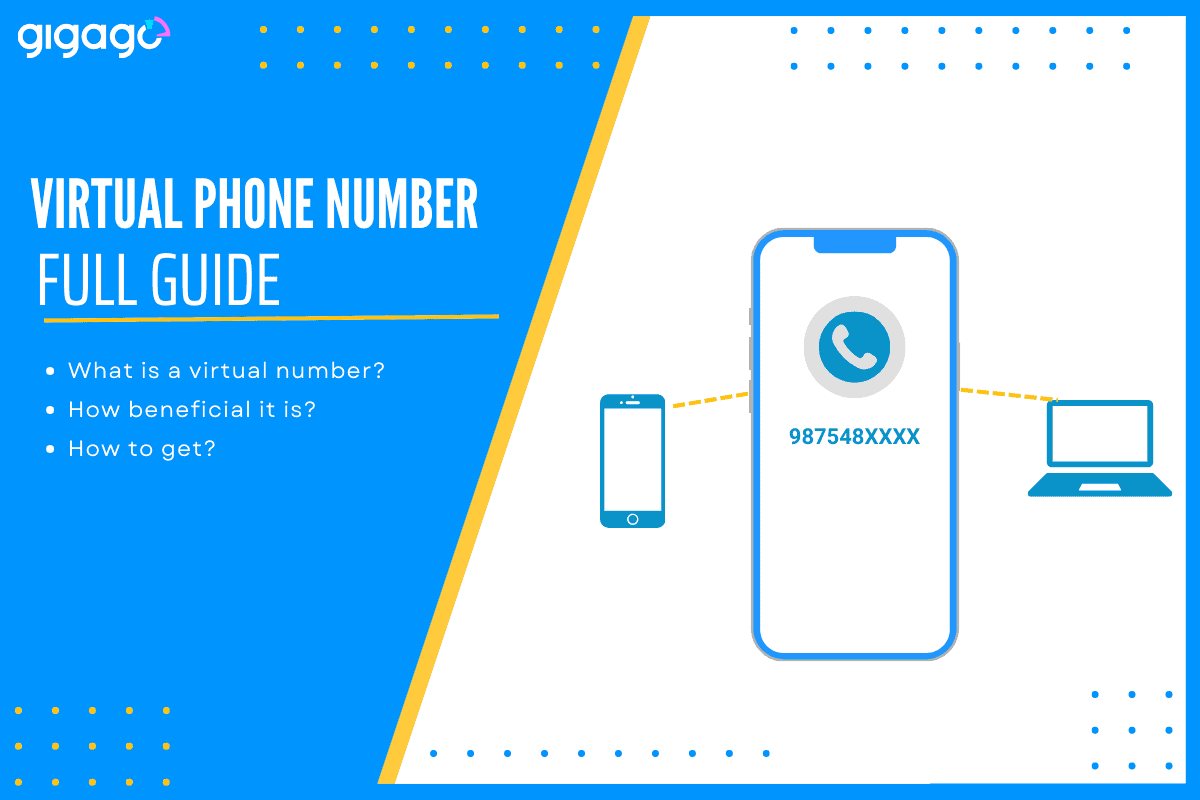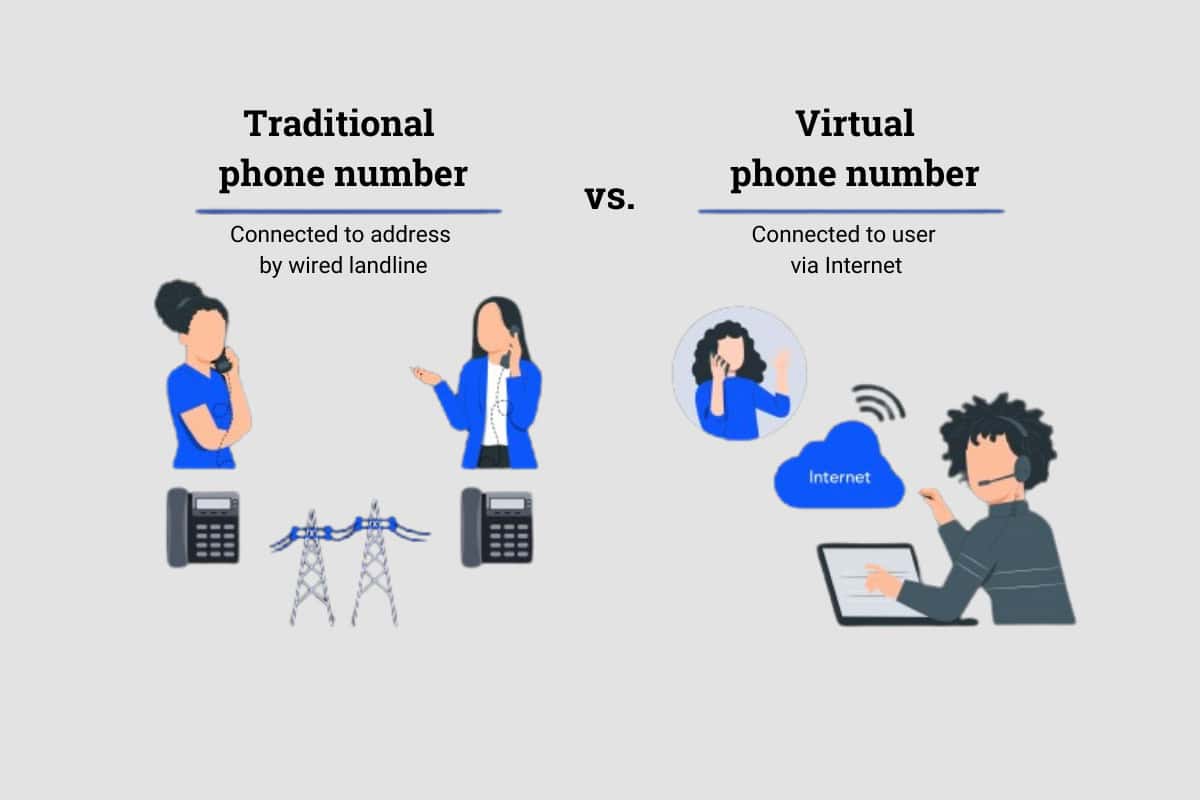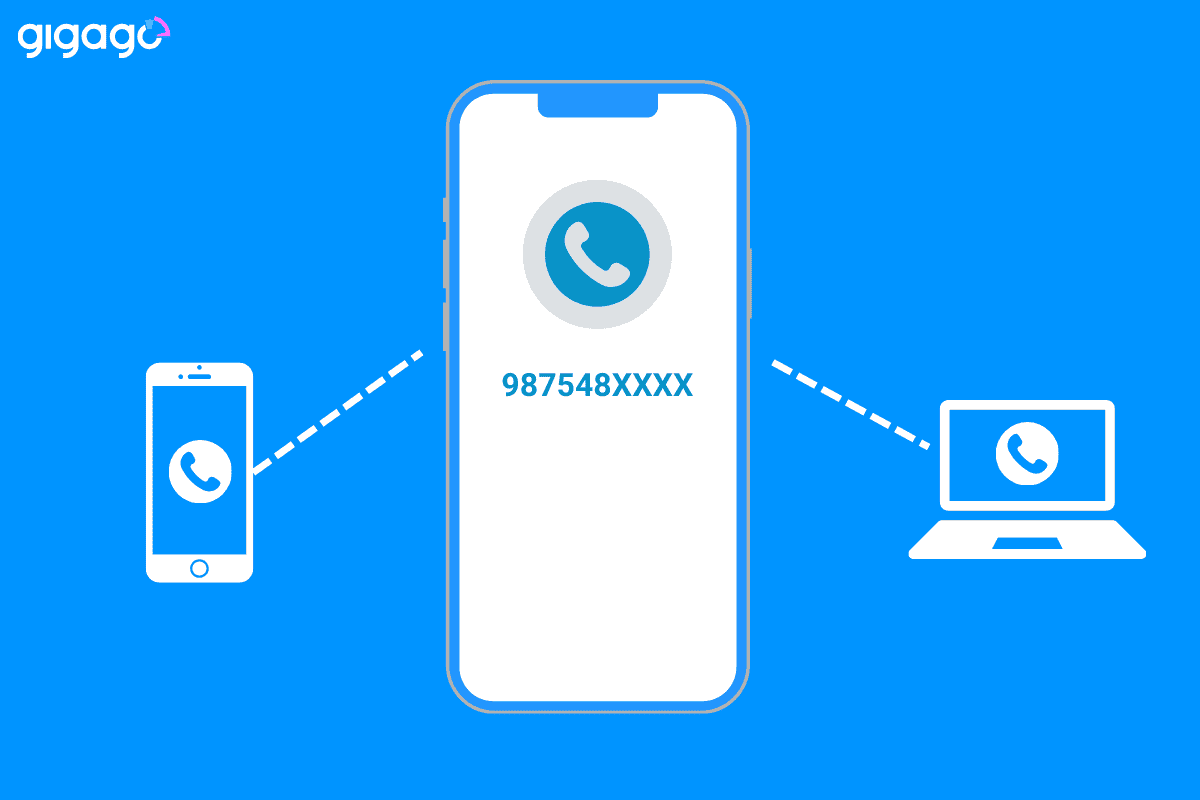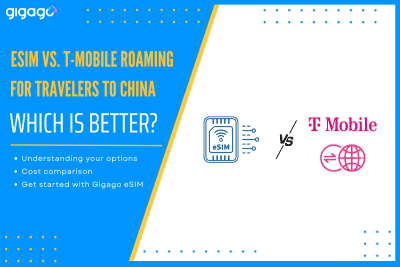When couples or friends travel together, it’s common to look for ways to save on mobile data. One question often comes up: “Can two travelers use the same eSIM?” The short answer is no – one eSIM cannot be used by two different travelers on two separate devices. However, there are practical alternatives that can […]
What is a Virtual Phone Number? How to Get It
Virtual phone numbers work without a line remotely from anywhere, allowing you to link with people around the whole world.
Virtual phone numbers offer a modern and flexible approach to communication these days, allowing you to communicate with anyone in the world at any time without geography limitations. A virtual number offers many advantages over a traditional landline and is increasing in popularity. This article will introduce everything about virtual phone numbers, from what it is, how it works, how many types of it, how beneficial it is, and how to get and use it.

In this article
I. What is a virtual phone number?
A virtual phone number is an internet-based telephone number which is not linked to any specific device. Instead, it originates in the cloud and gets linked to a preexisting telephone number that you already own. Technically, it does not rely on the Public Switched Telephone Network (PSTN), but is linked to an online account with a provider.
Virtual phone numbers are also known as online phone numbers, digital phone numbers, or internet phone numbers.
How does a virtual phone number work?

A virtual phone number works on all internet-based devices, such as smartphones, tablets, laptops.
The numbers work on the voice-over-internet protocol (VoIP), allowing you to take and make phone calls over the internet without any physical SIM card or phone lines.
We will explain things in an easy-to-imagine way like this:
Imagining your voice is turning into digital messages instead of traveling through traditional phone lines. That is what happens with virtual numbers. They use the internet (through the so-called VoIP) to send your voice.
These digital messages are managed by a network of powerful computers called the cloud, which act like a high-tech operator, knowing exactly where to send your calls.
This process happens in the background, so what you experience is a regular call, just with added bonus of flexibility and freedom that a virtual number offers.
Virtual numbers vs. traditional phone numbers

The differences between a virtual phone number and a real/traditional number are related to physical location, geographic flexibility, portability, and features and functionality.
Traditional phone numbers:
- They are “stuck” to a physical location. The phone company installs lines at your street address, which can be a hassle to set up, especially for businesses.
- You, as a user, are tied to using a landline phone connected to that physical line to make and receive calls.
Virtual phone numbers:
- They exist completely online, so you do not need a specific location or any complicated installation. You can use them from the home, office or anywhere as long as you have an internet connection.
- Instead of a landline, you make and receive calls through the internet using a VoIP app on your smartphone, computer or a special VoIP phone.
Let’s compare key differences between virtual numbers and traditional phone numbers based on specific criteria:
| Feature | Virtual Number | Traditional Phone Number |
| Technology | Operates over the internet (VoIP) | Relies on physical phone lines (PSTN) |
| Location | Not tied to a physical location; location-independent | Assigned to a specific geographic area |
| Flexibility | Highly flexible; can be easily routed to different devices | Less flexible; typically tied to one line |
| Scalability | Easy to scale up or down as needed | Scaling can be more complex and costly |
| Cost | Generally more cost-effective, especially for multiple lines | Can be more expensive, especially with long-distance or international calls |
| Features | Often come with advanced features (call forwarding, IVR) | Limited built-in features |
| Setup | Quick and easy setup process | Can involve longer setup times and installations |
Different types of virtual phone numbers
There are 05 main types of virtual phone numbers, each suitable for specific needs and goals of a business.
- Local Virtual Numbers
- Toll-Free Virtual Numbers
- International Virtual Numbers
- Mobile Virtual Numbers
- Vanity Virtual Numbers
Among them, the local virtual numbers are the most popular overall. They are available for any area code, domestically or internationally. As the most cost-effective option in general, local numbers are suitable for a variety of business needs.
II. How beneficial virtual numbers are?
Virtual numbers offer a lot of benefits, making them increasingly popular for both businesses and individuals.
1. For businesses
- Enhance professional appearance, especially for small businesses and startups.
- Offer flexibility for remote teams, allowing workers to work from home anywhere while maintaining a consistent business phone presence.
- Save setup and maintenance costs compared to traditional phone numbers.
- Deliver additional features like forwarding, call queuing, etc. Which can enhance customer service experience.
- Integrate with other business tools like CRM software, team messaging platforms, email, streamlining communication, etc.
2. For individuals
- Keep your personal phone number private, therefore beneficial for online transactions, dating apps, and social media.
- Allow making and receiving calls from anywhere in the world, therefore being convenient for travelers or those with international contacts.
- Offer flexibility to manage multiple numbers on one device
III. How to get virtual phone numbers

It is easy and simple to get a virtual phone number. You can get it online with your account.
Here are steps to getting your virtual phone number:
- Choose a VoIP provider: you need to find a reputable VoIP (Voice over Internet Protocol) service provider which offers virtual numbers which allow you to make calls over the Internet.
- Sign up and select your number: Create an account with the chosen provider and choose one from the list of virtual numbers. You can choose from various area codes or even get a vanity number.
- Post your existing number (optional): If you want to use your existing phone number as the virtual number, your chosen provider will help you transfer it (this process is called porting).
- Start using your virtual number: After your account is set up, you can start making and receiving calls through your virtual number using a VoIP app on your device.
IV. Which are the top virtual phone number providers?
There are many virtual phone number providers, namely TextNow, Textfree, Google Voice, eSIMCard, RingCentral, Dialpad, 8×8, etc. These providers have apps assigning you a number you can use to text, send, and receive calls, along with other features.
However, it is important to note that all virtual phone number providers are created equal. When choosing a provider, you need to consider your specific business needs, budget and desired features. To do so, you need to research providers and compare their offerings in advance.
How to choose a virtual phone number provider
You need to take these tips when choosing the suitable virtual phone number:
- Identify your needs and priorities: business or personal use, number of users, daily or monthly call volume, desired features, and budget.
- Research and compare providers: read reviews, compare plans as well as pricing, and check for free trials.
- Assess key elements like call quality, reliability, ease of use, security features, and customer support.
V. How much does a virtual number cost?
A basic virtual phone number plan starts from $5-10 / month. This cost comes with a local number, basic call forwarding, and limited minutes.
VI. Are there disadvantages to virtual numbers?
Yes. Some potential disadvantages of virtual numbers are:
- Rely entirely on Internet. If Internet is slow, unreliable, or gets down, you cannot make and receive calls.
- Potential spam calls: be aware of calling from unfamiliar numbers.
- Potential isolation for remote employees: remote employees primarily using virtual numbers may experience feelings of loneliness and isolation because of the reduction of face-to-face communication.
VII. Are virtual numbers safe?
Yes, virtual phone numbers are safe to make calls. In some cases, a virtual phone number may even offer more protection than your old-fashioned phone line. After all, it depends on the security protocols of your chosen service provider.
However, virtual numbers can be used for phone scams. To avoid this, you need to set secure passwords for your virtual number and follow the best practices related to cybersecurity, such as regular updating systems, installing antivirus software, and investing in an enterprise-level VPN service (optional).
VIII. FAQs
How to get free virtual phone number?
It is not difficult to get a free virtual phone number. You can use Google Voice which provides free voicemail, texting and call forwarding. You just need to sign in with a Google account and start using it.
Is it safe to use virtual numbers?
Yes, a virtual number is generally safe, but there are possible phone scams but not common.
Can you trace a virtual phone number?
In many cases, it is possible to trace an unknown virtual phone number online through reverse phone number lookup websites or through IP address or a caller ID.



